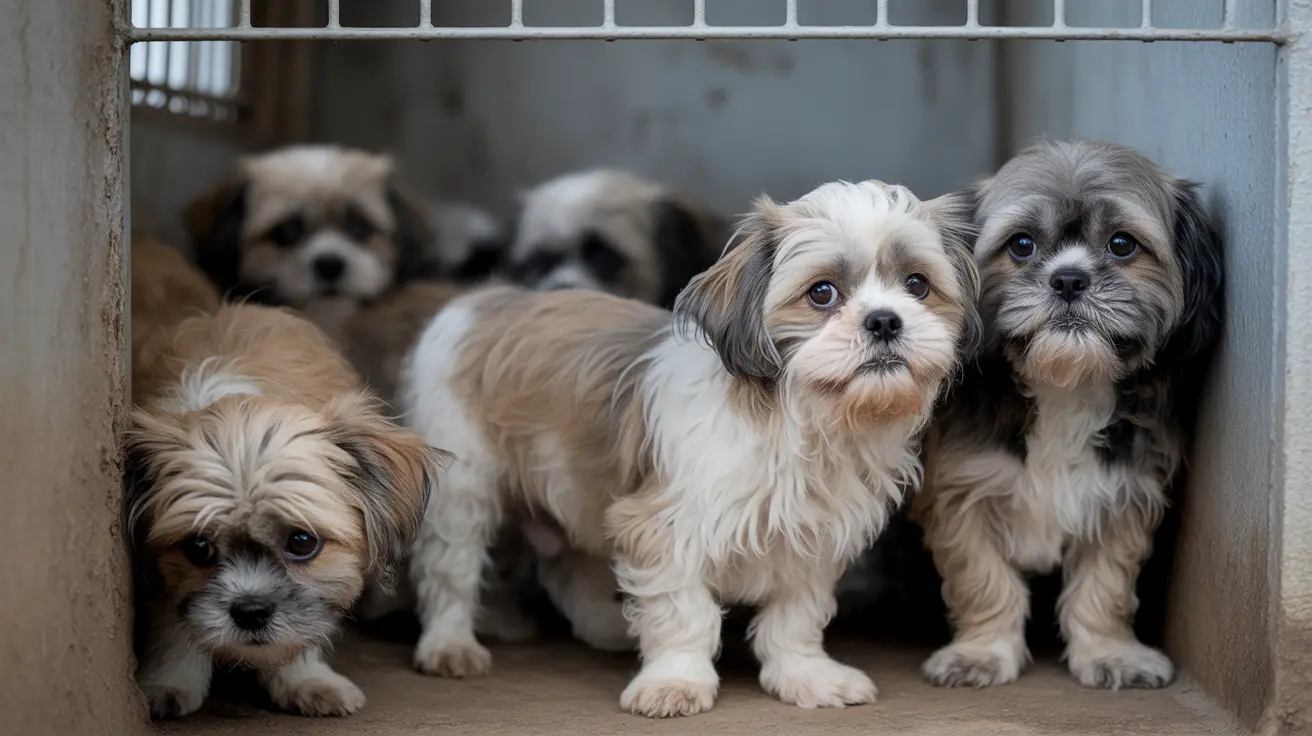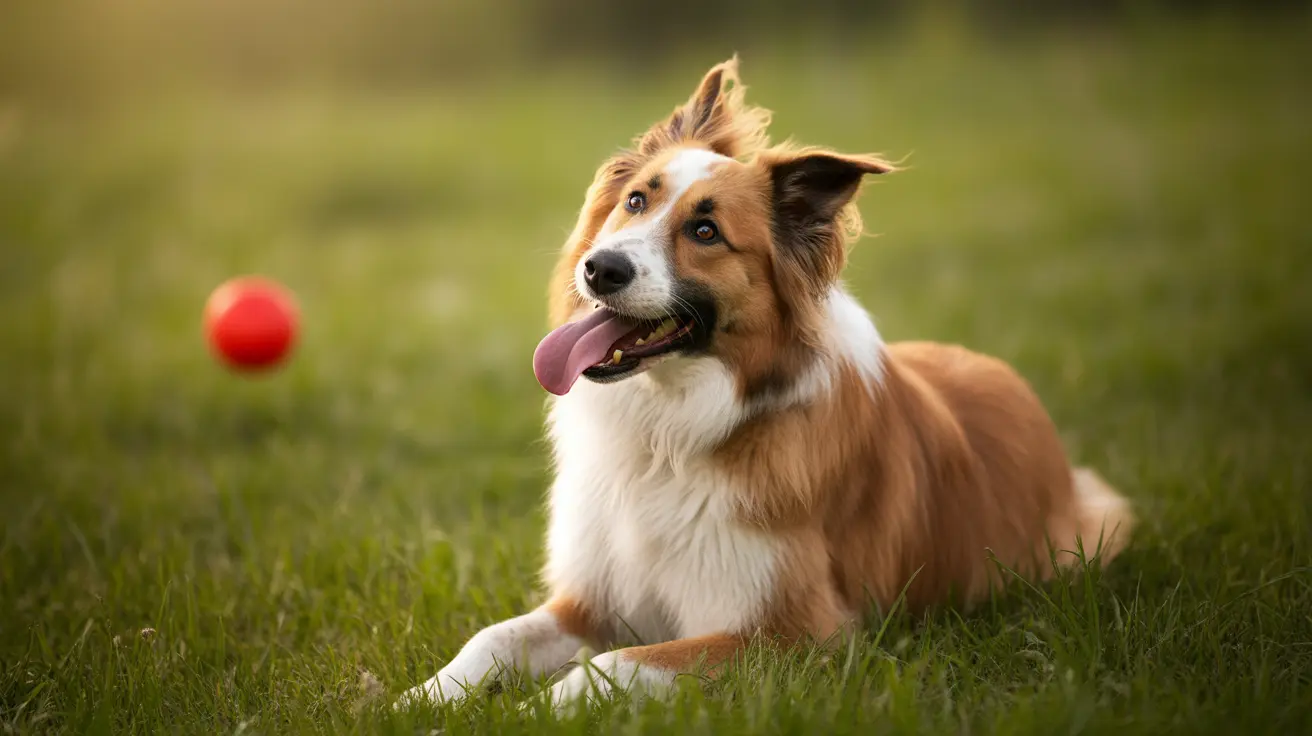Understanding Knotting in Dogs: Is It Painful?
Knotting, also known as the
copulatory tie, is a unique aspect of canine reproduction. During mating, dogs become physically locked together due to a natural anatomical reaction. While this phenomenon often sounds alarming to pet owners witnessing it for the first time, it's a normal and biologically purposeful process.
The Science Behind Knotting
Knotting occurs when a part of the male dog's penis, known as the
bulbus glandis, swells inside the female's vagina. At the same time, the female’s vulva muscles contract around it, effectively locking the pair in place. This tie can last anywhere from
5 to 45 minutes, with some variations based on the dogs’ experience and comfort levels.
Is Knotting Painful for Dogs?
Generally, the process is
not painful if both dogs are calm and experienced. However, inexperienced or anxious animals might show signs of discomfort such as:
- Agitation or restlessness
- Yelping or whining
- Attempts to break free
These behaviors do not necessarily indicate severe pain, but rather
discomfort or anxiety. It's essential that owners remain calm and refrain from intervening.
Dangers of Forcible Separation
Attempting to pull dogs apart during a tie can result in serious complications:
- Vaginal trauma in the female
- Penile injury in the male
- Bleeding and pain for both animals
- Potential long-term reproductive issues
Always supervise the animals calmly to ensure they don't panic or attempt to run—allowing the tie to resolve naturally is crucial.
What Should Owners Do?
To minimize stress and prevent injury:
- Keep the dogs contained and calm
- Softly talk to the female and offer gentle petting
- Refrain from shouting, spraying water, or any physical intervention
If the tie exceeds
one hour or signs of pain persist,
contact a veterinarian.
Neutered Dogs and Ties
Interestingly,
neutered males can still achieve an erection and tie with a female, although pregnancy cannot occur. Nonetheless, the same caution applies—attempts to separate them can still cause injury.
Preventing Unwanted Mating
Pet owners can avoid unintended pregnancies by:
- Keeping females in estrus away from intact males
- Spaying and neutering pets
- Ensuring secure supervision
If mating does take place and pregnancy is undesirable, veterinary intervention options include:
- Aglepristone injections within 10–45 days post-mating
- Spaying even after mating
Contacting a veterinarian promptly ensures
effective and safe care.
Checking for Pregnancy
Diagnostics to determine pregnancy in dogs include:
- Relaxin blood test (days 22–27 after mating)
- Ultrasound (three weeks post-mating)
Note that
urine-based tests are unreliable for dogs.
Responsible Breeding Practices
For those intentionally breeding dogs:
- Ensure males are at least 18 months old
- Females should be over 2 years old
- Have both dogs health-checked and up-to-date on preventative care
- Skip heat cycles between pregnancies to prevent overbreeding
Summary
Knotting in dogs is a
normal and necessary part of reproduction. While it can cause
temporary discomfort—especially in inexperienced or anxious animals—it is not inherently painful. With
calm supervision and restraint from interference, both dogs typically separate without issue. Always consult a veterinarian with concerns, particularly if mating was unplanned or if either dog seems injured or distressed.
Bottom Line: Let nature take its course, stay calm, and don’t attempt to break the tie forcibly—doing so can cause harm to both dogs.





